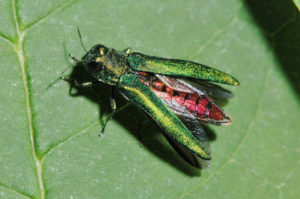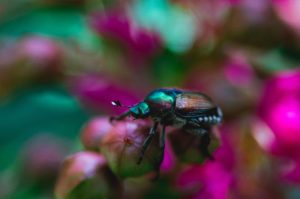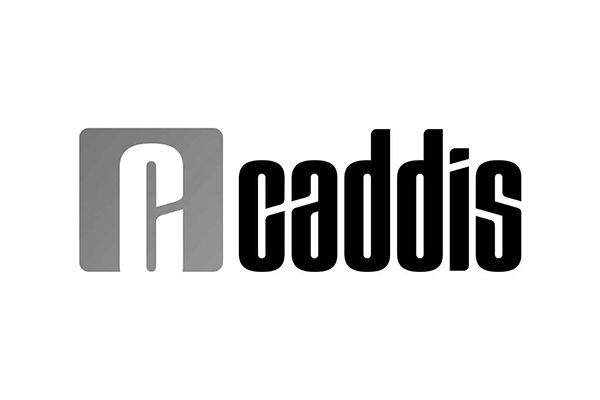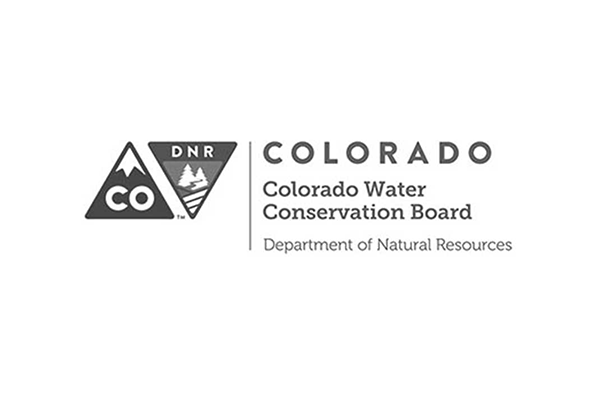Ask Miss Jean!

Jean Lovell, long-time Resource Central volunteer and former master gardener, tackles your gardening questions!
Submit your question(s) for Miss Jean to: GardenInfo@ResourceCentral.org
Q: What’s the hype around the Emerald Ash Borer? How will I know if an ash tree is infested with EAB?
Q: The Japanese Beetles are out! How do I protect my garden from Japanese beetles?
A: In this post, I’ll cover two questions surrounding the most destructive pests currently hitting the Colorado Front Range – the Emerald Ash Borer and the Japanese Beetle. I’ll cover some basics about these pests and a few tactics for controlling them in your landscapes.
 EMERALD ASH BORER
EMERALD ASH BORER
The Emerald Ash Borer (EAB) is a member of the jewel beetle or the metallic wood-boring beetle family and, as its name suggests, it feeds on ash species of the genus Fraxinus. EAB is native to northeastern Asia and has no predators outside its native area contributing to its invasive nature here in North America. This invasive insect has killed tens of millions of true ash trees in 30 US states and cost billions of dollars in attempts at management making it “the most destructive tree insect pest”. It was first detected in Boulder County in 2013 and has created statewide alarm as ash species make up 15% of all statewide canopy and Denver Metro area alone has 1.45 million ash trees. To read more.
WHAT YOU CAN DO ABOUT EMERALD ASH BORER:
– Is your tree a true ash?
Learn to identify a true ash species (genus Fraxinus)
– Check your tree for signs and symptoms of invasion.
Symptoms include verticle bark splitting, increased woodpecker activity, serpentine tunnels beneath the outer bark, and new sprouts on truck and branches. Click the “Does my tree have EAB?” section for photos of signs of infestation.
– Learn about Emerald Ash Borer.
For in-depth information see https://www.colorado.gov/pacific/agplants/emerald-ash-borer
– Find a certified professional.
These businesses provide various services ranging from tree evaluations, pesticide treatment options, structural management/care, wood/mulch/chip resources, waste disposal as well as Emerald Ash Borer tree care management information. If you are suspicious, contact the Colorado Department of Agriculture – (888) 248-5535 or email CAPS.program@state.co.us.
– Make a plan.
Some trees may not merit saving. Factors to be considered when deciding whether to protect a tree include: costs of regular treatments vs. potential costs of damage from broken limbs; removal and replacement; decreased property values; and sentimental value.
Japanese Beetle is a member of the scarab beetle family and is native to Japan where it has natural predators and therefore is not overly destructive. It was introduced in the Eastern US back in the 1900s and made its way into Colorado in the 1990s. Without a natural predator in North America and its appetite for over 300 species of plants, crops, and trees, it has become one of the most destructive pests in our landscape today. Adult beetles appear in early June through September to skeletonize (eating around the foliar veins) leaves of ornamentals, grasses and fruit crops and the larvae feed on the roots of grasses throughout the summer and emerge as adults in late spring. To read more.
WHAT YOU CAN DO ABOUT JAPANESE BEETLE:
Unfortunately, control is problematic! Since the larvae and the adults behave and feed differently multiple simultaneous approaches should be used. For more info read here.
– Cultural control of larvae –
` Use plants that are not susceptible to beetles. (ie. remove turfgrass, avoid roses and grapes, etc.)
` Reduce irrigation to turfgrass. (Hey, this sounds like a great time to consider replacing turfgrass with Garden In A Box or participate in Grass to Garden!)
` Handpick beetles and place in soapy water.
` Use beetle traps.
– Biological control of adult beetles –
` Start raising chickens! Chickens feed on these beetles.
` Apply deterrents containing azadiractin, a derivative from neem seeds, may provide short but effective impact if applied frequently.
– Biological control of grubs –
` Introduce entomopathogenic nematodes, insect-eating worms, or Milky Spore, a bacterial disease of grubs.
– Chemical control of beetles and grubs –
` Labeled insecticides – We rarely recommend! Please note: Many of these insecticides are highly toxic to humans, our water supplies, bees and other beneficial insects and pollinators. It is essential and lawful to follow pesticide application instructions carefully. Always avoid the application of pesticides to blooming plants to avoid harming pollinator species. Read more about chemical applications here.
Resources:
https://www.colorado.gov/pacific/agplants/emerald-ash-borer
https://en.wikipedia.org/wiki/Japanese_beetle
https://www.colorado.gov/pacific/agplants/japanese-beetle-colorado










